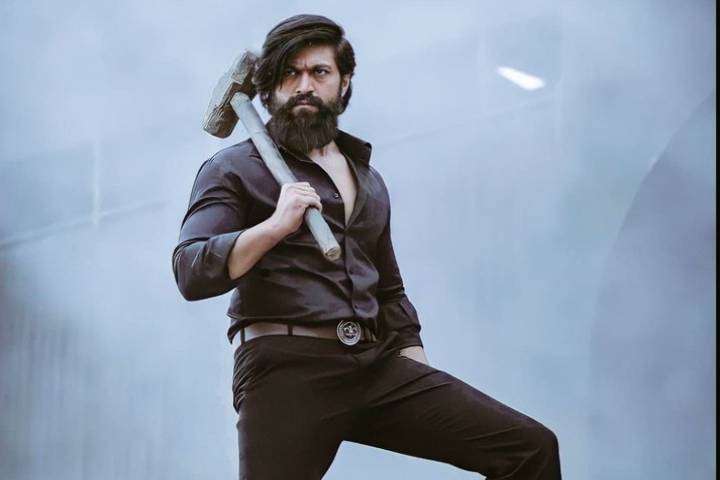Sorry – this was my first comment which did not make it – not sure why, and trying to re-post
I write this with a lot of respect for Vetrimaaran as acraftsman. The big difference I see between Visaranai’s violence and the laterfilms’ is the sincerity in the former, and the exploitation aspect of the latter.For instance, in the police torture whiplash scene in Visaranai, literallyevery lash “felt” sincere and there wasn’t one too many. Contrast this, say,with the hotel murder scene in Vada Chennai, where I could feel that thefilmmaker went exploitative – the number of stabs “felt” too much after werealized the person would’ve been dead way earlier. It wasn’t earned in thesense that it did not feel like the gang members would actually do that inreality.Again, this is a very visceral response, but I trust myvisceral instincts, as a sincere and serious movie watcher – and by verydefinition of watching films, that’s what we should base our opinion on. I felt almost the exact same visceral contrast with Mysskin’sworks too (who I am also a huge fan of): while I have observed that untilPsycho, he was very conscious of crafting violence as well astitillation without ever showing it onscreen, for instance, the Thupparivalanwhere a body is shredded – we only hear the sound and finally the villaincoming out all bloody, but never the actual act – which was, “bloody” great (punintended) as well as responsible filmmaking. I can name so many other instancesin his oeuvre (another example, by way of titillation, is the mirror reflectionscene in Anjathey, without showing the nudity itself). Contrast this withPsycho, where everything is shown as-is. I think this is a big step back for such filmmakers as faras their craft is concerned. The challenge for them is to responsibly craftviolence, without showing gore, but making the audience feel what they wouldwant them to feel. The earlier examples in both these filmmakers’ work did exactlythat.Unfortunately, with the latter examples, I think they havetaken the easy way out by way of their craft. It is unfortunate even more becauseI, the audience, feel repulsed by the violence rather than empathize with thevictims – perhaps exactly the opposite of what they intended, because it takesme out of the story telling. Let’s please not glorify or justify this violence by allthis analysis paralysis, and call it simply what it is – the respectivefilmmakers taking the easy route and in that process, also exploiting theaudience. I dare them to take the challenge of crafting the violence withoutbeing exploitative, as they have demonstrated earlier that they are capable of that.Beyond the social impacts and what-not of the violence, itis just a huge loss of craftmanship per se, and that should be the biggest areaof debate and feedback for them. In simple words, “please do not take us out ofthe movie which we know is the last thing you want”.
LikeLike

